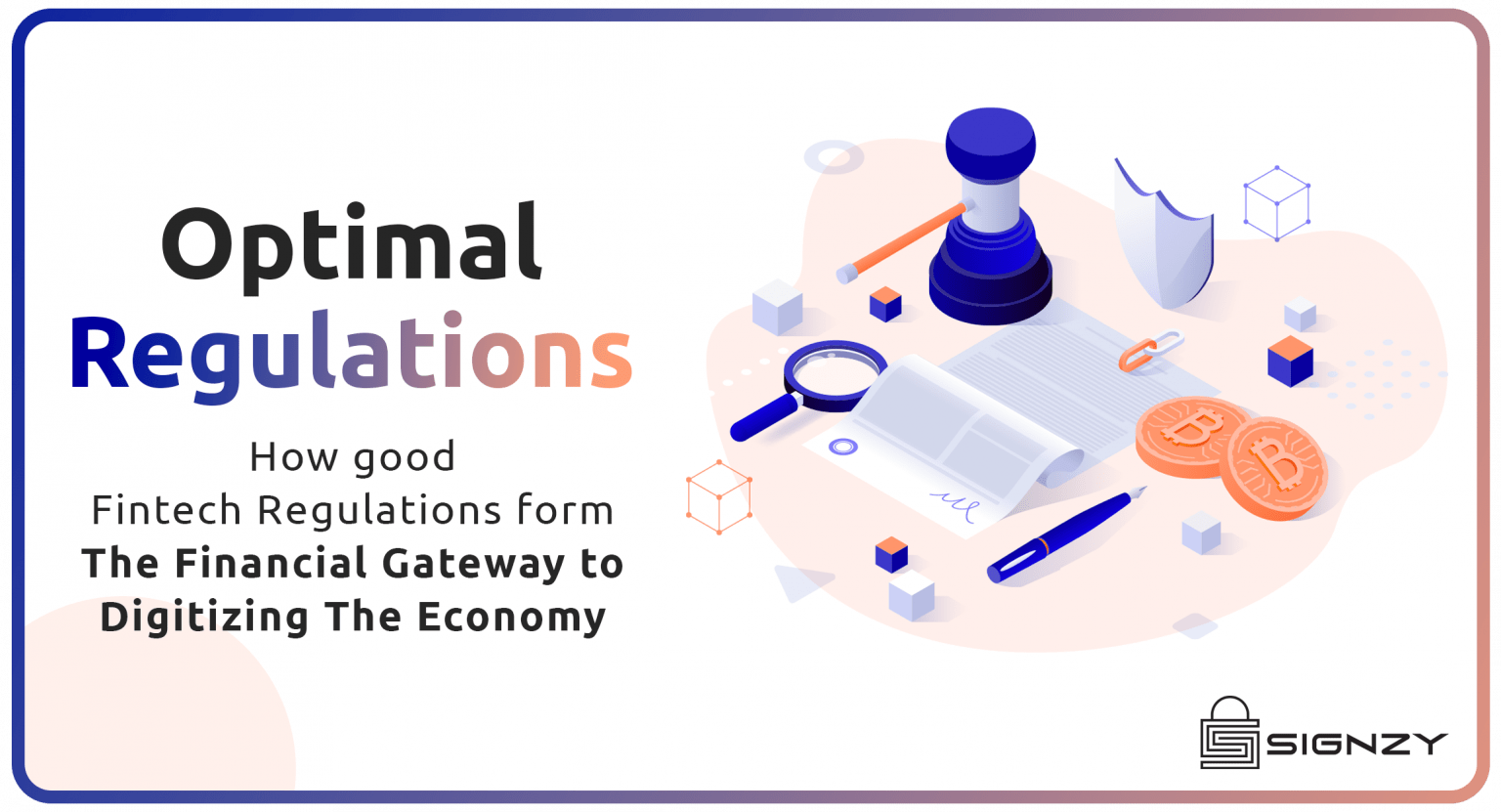Optimal Regulations- How Good Fintech Regulations Form The Financial Gateway To Digitizing The Economy
How welcoming are the Indian districts to financial inclusion and progress? A decade ago, it wasn’t much. 2013 saw the CRISIL (formerly Credit Rating Information Services of India Limited) introduce Inclusix into the foray. Inclusix was the country’s first financial inclusion index- a method to measure the level of financial inclusion and progress in the nation. The project spanned over 660 districts in the country.
In 2022, over 330 of the 666 districts in the country have a rating of ‘Above Average’ on the Inclusix. This is an encouraging result for the economy. But while growth is evident, so will the trouble that comes with it. With increasing individuals accessing financial opportunities, the government must take advanced and more efficient regulatory measures.
How It Has Been For Fintechs
A brief history of Fintech exhibits its inception in the banking industry. Notwithstanding, the past half a decade has seen tremendous advancements in the entire financial company ecosystem. FinTech has expanded to asset management and insurance companies too.
Digital adoption is not easy in a massive yet less digital economy like India. Innovation and change have never been the cash-centered mindset, and lack of reliability on technology in the past has made it difficult. Nonetheless, the entire country is shifting towards adopting Financial technology services. This includes both the businesses and the consumers.
Thus, the environment is nourishing and is shifting to a higher gear. New business propositions, better maneuvering, and solutions lead to a faster-paced economy.
Regulations In Position
Even with the current strict regulations, many sectors in the Fintech Industry are not adequately regulated. The problem is not a lack of regulation but the unequal and inefficient distribution of regulatory guidelines across the whole industry. Some are excessive, while others are insufficient.
P2P lending and digital payment modes are good examples of irregular regulatory implementations. They require monitoring and oversight regulation as they manage money at large, derived from the public. Two of the relevant regulatory actions in place include:
- P2P is popular amongst enthusiastic investors and financial companies as they are efficient, high on returns, and has relatively lower interest rates than other financial companies, institutions and banks. The RBI’s decision to treat such P2P entities as NBFCs with newer regulatory guidelines will only cement their relevance in the economy and legality. Such a move by the RBI will ensure better credibility and decision-making capacity for P2P platforms. It will help make the initiatives more robust and, more importantly, sustainable in the future.
- The RBI is also regulating Fintechs focused on payment gateways and e-wallets. Under the Payment and Settlements Act 2007, these entities must be registered with the RBI. The Act describes stringent rules and regulations for the same.
Barring the above mentioned, there are not many stringent regulations in any Fintech industry sector. This is an excellent opportunity for regulators and businesses to think of creative approaches towards it. Historically, the regulators have not perceived Financial technology companies in a different limelight. They categorize them in the same elements as traditional businesses. This is a mistake.
What To Change
Considering Fintechs as traditional businesses needs to change. And it did.
In 2017, one of RBI’s Working Groups recommended setting up an optimized sandbox in the country. This sandbox would allow Fintech Startups to examine and test new services while assessing risks before their introduction into the market. But even this needs modifications and improved efficiency. There are still a lot of bureaucratic muddles.
Many entities are involved in governing the Indian Fintech industry. This includes RBI, TRAI, SEBI, and even the IRDA. Hence, there is no single authoritative body to oversee the industry as a whole. There are no specific generalized guidelines for the Fintech sphere. An overseer regulator will help make matters easier.
Moreover, each state government is taking different modes to approach the industry. They have their own opinions and startup ecosystems. As a result, regulations overlap and cause confusion and gray areas for the Fintech community. Therefore, an understanding between governments must be strung.
On top of all this, the FIntech sphere is a dynamic juggernaut. It has new technology and outright disruptive approaches with innovative products. These call for the constant renovation of regulatory guidelines to ensure a smooth and easy transition. The regulators have myriads of ideas and areas to consider each time they decide. Apt solutions for this must be brought. Consider the input prominent fintech players can provide and keep clear communication between the entities and the regulators to ensure no misunderstandings.
Where All Of This Leads You
Considering consumers as the primary benefactors of better regulatory practices, the government is taking measures. Data localization norms and the flexibility and interpretation of regulation will help enforce the aspiring optimization. The RBI also currently has regulatory guidelines to make payments more transparent and secure in draft form.
While the government and competitors are transforming their approach to fintech solutions, you also have to opt for the best services available to ensure your enterprise thrives. We at Signzy can help you. Our state-of-the-art, customizable, AI-enabled resources can help you boost your onboarding and KYC processes. Let us know how you plan on innovating your enterprise.
About Signzy
Signzy is a market-leading platform that is redefining the speed, accuracy, and experience of how financial institutions are onboarding customers and businesses – using the digital medium. The company’s award-winning no-code GO platform delivers seamless, end-to-end, and multi-channel onboarding journeys while offering totally customizable workflows. It gives these players access to an aggregated marketplace of 240+ bespoke APIs that can be easily added to any workflow with simple widgets.
Signzy is enabling ten million+ end customer and business onboarding every month at a success rate of 99% while reducing the speed to market from 6 months to 3-4 weeks. It works with over 240+ FIs globally, including the 4 largest banks in India, a Top 3 acquiring Bank in the US, and has a robust global partnership with Mastercard and Microsoft. The company’s product team is based out of Bengaluru, and it has a strong presence in Mumbai, New York, and Dubai.
Visit www.signzy.com for more information about us.
You can reach out to our team at reachout@signzy.com
Written By:

Signzy
Written by an insightful Signzian intent on learning and sharing knowledge.



